Collection |
Collections
Filters
-
Collection Type
-
-
Supplement |
 Diabetic Retinopathy Services and Research in Africa
Diabetic Retinopathy Services and Research in Africa
-
Collection |
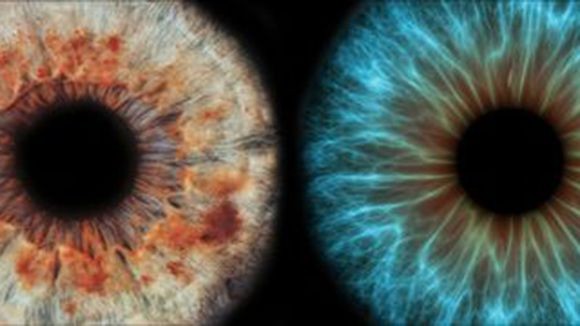 Readers' Choice: 2019-2021
Readers' Choice: 2019-2021
In this Collection we have collated the top read and cited articles from Eye from the past three years. This focus includes a range of articles covering the laboratory and clinical research in ophthalmology, and features original articles, as well as thought-provoking reviews and comment. Read on to see what our readers worldwide have been citing and reading.
-
Collection |
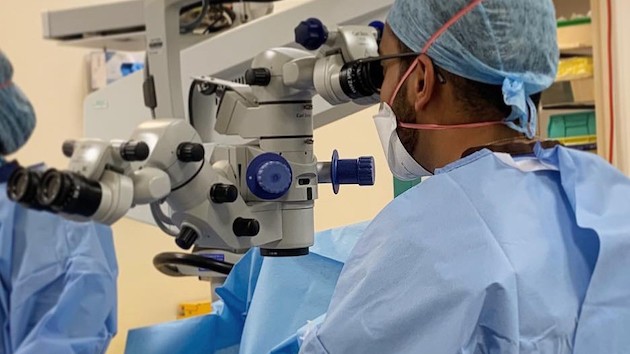 Trainee's Choice
Trainee's Choice
Training in ophthalmology is in a state of flux, with some changes forced through by the COVID-19 pandemic, while others are products of pure innovation. In this collection, a selection of manuscripts is chosen that cover issues pertinent to training, from technical aspects such as managing complications and the ever-increasing prominence of simulation, to non-technical areas such as non-technical skills in theatre, trainee perspectives on the impact of the pandemic, and more generally, on returning to surgical training after an extended break. Equality, diversity and inclusiveness in training are also covered, as are the medico-legal implications of trainee operating; especially relevant in the context of the growing importance of shared decision making.
Image: Vishal Shah -
Special |
 Translational Medicine
Translational Medicine
This Special Issue of Eye highlights the accelerated pace of translational research in the field of retinal vascular diseases and age-related macular degeneration. Each review demonstrates significant strides in our understanding of these conditions and yet frustratingly also highlights gaps in our knowledge. Whilst the discovery of the first anti-vascular endothelial growth factor (VEGF) therapy initiated a paradigm shift in the management of most of these conditions, these reviews highlight that we have just scratched the tip of the iceberg of molecular mechanisms responsible for these devastating conditions. For example, while durability remains a major issue with anti-VEGF therapy and we welcome novel agents that could reduce treatment burden, another ‘me-too’ anti-VEGF agent is not going to improve the current benchmark of visual outcome set by current anti-VEGF trials for these indications. A clear dissociation between improvement in diabetic retinopathy severity grades with anti-VEGF therapy and the progression of retinal capillary non-perfusion in diabetic retinopathy is an example that demonstrates the need to target other molecular mechanisms and disease pathways. Similarly, fibrosis and atrophy are key sequelae of several retinal diseases, and these remain untreatable and need to be prevented. Failed trials provoke the need for novel end-points and yet regulatory authorities need to be convinced that these end-points are beneficial to patients. Although better phenotyping with technological advancements in retinal imaging may facilitate better predictive models on outcome date, we should not forget that inflammation is a key driver of retinal and choroidal diseases and failed clinical trials. Identifying and exploiting the ideal inflammatory pathway(s) will likely yield clinically meaningful advances in therapeutics soon. Moreover, research into the crosstalk between metabolic pathways and inflammation is also gathering momentum. Regardless of the challenges faced with novel therapies, the reviews in this issue shows that the interface between basic and translational science is well-established in this field and we look forward to more discoveries and break-through therapies for these conditions.
Image: Robert Mullins -
Collection |
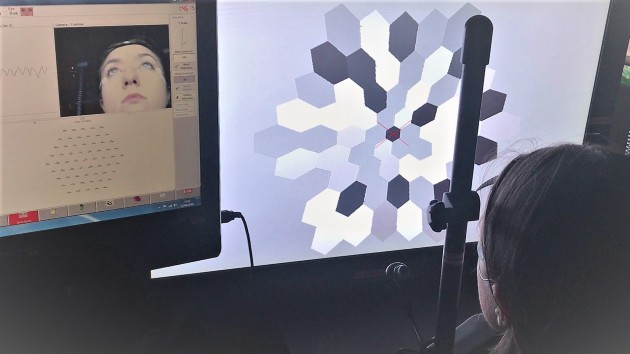 Visual electrophysiology
Visual electrophysiology
Visual electrophysiology provides objective biomarkers of retinal, optic nerve and visual pathway function. This gives a unique insight into clinical and genetic diagnosis and management and supports clinical trials and research. In this collection of reviews, we highlight the important role of visual electrophysiology in clinical ophthalmology.
-
Collection |
 The best of Eye, 2019-2020
The best of Eye, 2019-2020
In this Web Focus we have showcased the top read, shared and cited articles from Eye from 2019 and 2020. This collection covers key topics in ophthalmology and features a range of content from original articles to thought-provoking reviews. We hope you enjoy reading this collection.
-
Special |
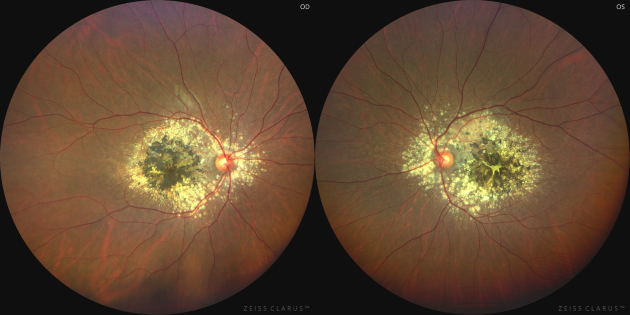 Imaging
Imaging
In this special issue on Imaging, we have included a comprehensive collection of updates on ocular imaging that are applicable to all fields in Ophthalmology. The imaging topics are diverse and cover basic science research and clinical applications, anterior or posterior segment imaging, imaging in conditions affecting adults or children, applications in primary care or secondary care and imaging in both rare and common diseases.
Image: Piyush Kohli, Chitaranjan Mishra, Naresh Babu Kannan, Bharathi Singaravel; Department of Vitreo-Retina, Aravind Eye Hospital, Madurai, Tamil Na-du, India -
Collection |
 COVID-19 and the eye
COVID-19 and the eye
Should ophthlamologists be wearing a mask in clinic? Does the slit-lamp shield provide adequate protection? How to continue research work during the COVID-19 pandemic? These are important questions many of us ask on a daily basis. This Eye collection will focus on the latest evidence and impact of COVID-19 on Ophthalmology practice. Several articles in this issue will discuss the latest understanding of ocular involvement by coronavirus and the risk of transmission through ocular tissue and tears. Ophthalmologists from different parts of the world including the UK, France, Italy and Asia will share their experiences regarding how their practices have had to reorganize to the evolving situation. Read this informative COVID-EYE Edition, and you will learn practical tips on how to adapt your daily practice to this challenging crisis.
Image: Radoslav Zilinsky/ Moment/ Getty -
Collection |
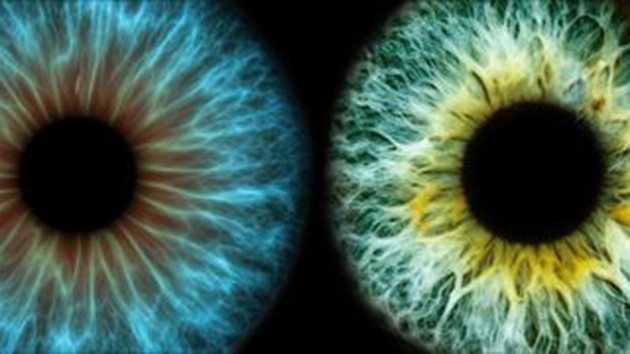 Continuing Medical Education
Image: Evi Scholz / EyeEm; Science Photo Library - PASIEKA; Emiliano Orsi / EyeEm
Continuing Medical Education
Image: Evi Scholz / EyeEm; Science Photo Library - PASIEKA; Emiliano Orsi / EyeEm -
Supplement |
 Diabetic Retinopathy and Macular Oedema – UK Pathways and Management
Diabetic Retinopathy and Macular Oedema – UK Pathways and Management
This document provides a review on DR pathophysiology, clinical features, including grading/classification of DMO.
Image: Image © DavidKevitch/E+/Getty -
Collection |
 Keeping an Eye on Gene Therapy
Keeping an Eye on Gene Therapy
The Editors of Eye and Gene Therapy have put together this joint collection on gene therapy in the eye, to showcase some of the recent research in this field.
Image: Yuichiro Chino

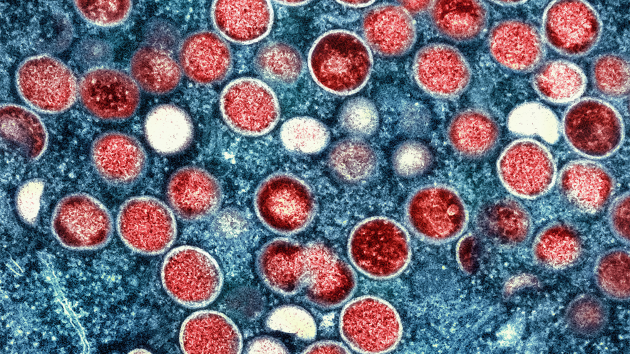 Mpox
Mpox